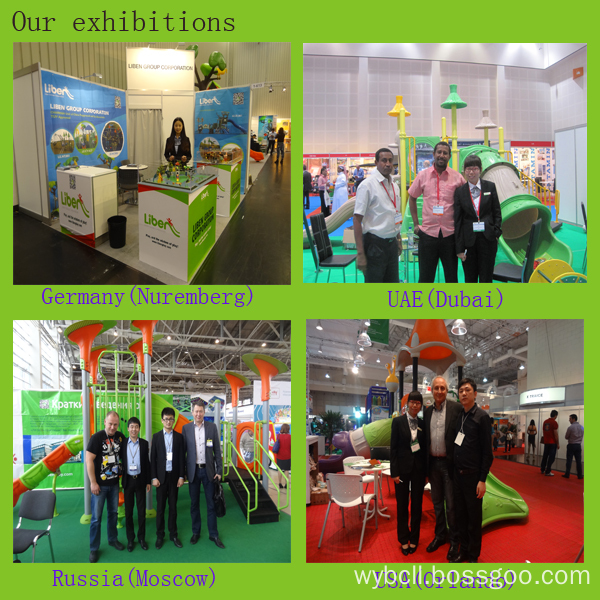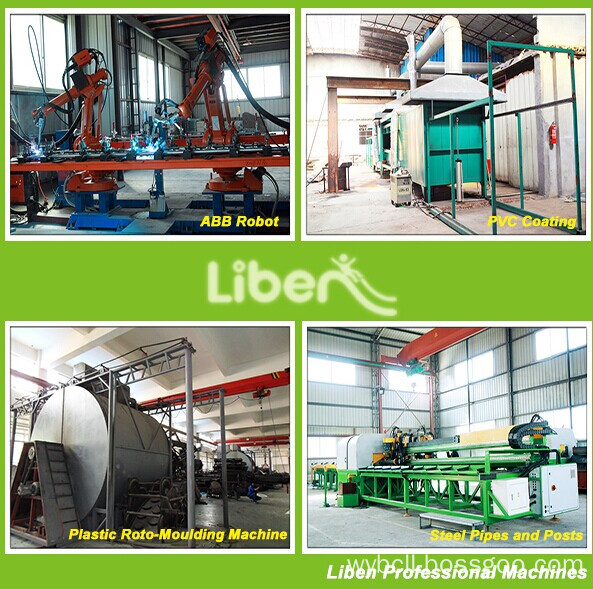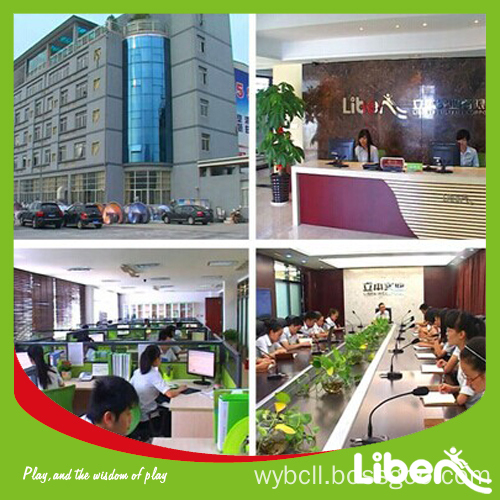According to reports, 54.7% of the ink used in China's screen printing industry each year depends on imports, and imported inks account for most of China's market. According to expert analysis, this is because imported inks occupy the market with their performance and brand advantages. When printing high-grade screen printing products or special printing products, printing companies mostly use imported inks, while domestic inks are generally used only for middle and low-grade printing products. Their prices are much lower than those of imported inks, occupying some markets, and domestically produced high-grade inks. Special inks are in short supply, and they can only be imported in large quantities. High-grade inks and special inks account for 85% of the total imports. The data shows that the current sales volume of screen printing inks has increased rapidly, especially high-grade inks and special inks.
Screen inks have great market potential. The domestic ink to occupy and stabilize the market, only to improve the quality and performance as soon as possible in order to make printing manufacturers get rid of dependence on imported ink. For this reason, I would like to discuss my personal views from the following three aspects.
First, the production of ink should be changed from tracking imitation to independent innovation
Due to the late start of China's modern ink industry, weak technical strength, and backward production equipment, during the initial period of reform and opening up, our technological development level is far from the foreign countries, and we can only adopt a market-for-technology development path through the introduction of Cooperation and other channels to arm and strengthen themselves. There are more than 400 ink production enterprises in China, and 70% of ink production is produced by joint ventures in the 1990s. Most of the market is occupied by imported products. Therefore, in the past, China's ink industry has tracked and imitated foreign inks for some time, and it has played a role in promoting the development of domestic ink and printing. At that time, people's second-rate and third-rate technologies are advanced technologies for us. With the improvement of China’s technological level, many technologies introduced cannot satisfy our needs because in the current international economic situation, the application space for tracking and imitating technologies is very limited in the market, and it is difficult to meet the needs of our technologies. The introduction and the reliance on cooperation and the introduction of foreign technologies can only make the gap between us and the advanced level increase, and the resulting technological dependence will be more difficult to get rid of than the impact of capital dependence and market dependence. In the past, it was necessary for many ink companies to introduce advanced ink technology from abroad. It is important that they actively digest and absorb during the process of introduction. They must have independent innovation technologies and have their own intellectual property rights, otherwise they can only run behind others. Now many countries in the world have brought people's things over and made progressive innovations. There are many examples of this. For example, Korea and Japan have developed industries such as video recorders and television sets. Actually, the United States is the master of these two technologies, but the market is Let Japan and South Korea take up. Therefore, we should not be overly optimistic about the large number of ready-made technologies with market potential in developed countries. Now many domestic companies are reluctant to spend money on development. They always want to use a small amount of money to buy a ready-made result, instead of stepping up research, launching new products, and how to survive in international competition? The development and development of new products is the key to a company’s vitality. An important indicator of the operating conditions of large foreign companies is that the expenses for research and development generally account for 10.15% of sales revenue. The reason for the continuous supply of new products is to rely on the strong investment behind them to engage in scientific research. According to reports, Toshiba Corporation of Japan has three scientific research departments, two of which research technologies that can lead the market after 5 years and 10 years respectively. While domestic large and medium-sized enterprises have only about 32% of R&D institutions, the actual conversion of patents into products and productivity is less than 9%. Many domestic enterprises have low enthusiasm for investing in science and technology, and they are mainly eager for quick success. China has already transitioned from a shortage economy to a relatively surplus economy. The surplus economy must continue to rely on innovation. Call for ink companies to engage in scientific research on their own and turn scientific research results into actual production applications, because scientific research units, universities and colleges and enterprises have a certain dislocation in their understanding of scientific research projects. In addition to conventional risks, there are other risks such as technology. Research institutes and academies pay attention to the advanced nature of the pursuit of scientific research, and companies are pursuing the maximization of market demand and profits after project transformation. From this point of view, enterprises must establish their own R&D system to meet their own needs.
Second, there are few institutions doing ink theoretical research in China and there are few talented people.
Since the author is ignorant, I have no way of saying clearly how many specialized agencies engaged in ink theoretical research. As far as I know, there is only one ink institute in Tianjin. Like the printing industry, the ink industry is a very weak industry in the national industry. It is impossible to set up as many state-level laboratories or research institutes as some leading large industries. As for how many printing research institutions specialize in ink researchers, they cannot. say clearly. The general concept is that there are few research institutions and there are few talented people. The prosperity of science and technology is conditional, and there must be adequate material support and an excellent humanistic environment, especially the latter is more important. The excellent human environment is mainly reflected in the social atmosphere of respecting knowledge and respecting talents. Talent is an important carrier of science and technology. In the market economy, talented people are fluid. The old saying goes: “Good birds choose to live on woodâ€. The same is true of talented people. Without a good environment, talents cannot survive, and science and technology are difficult to develop. Therefore, some ink company executives said that "in fact, the problem is the product of the environment" is also this reason. Some scientific research and business leaders are masters of corporate life and death. They may not all be scientists who study ink. When scientists may not be easy, anyone who can support the development of science and technology can do it. Therefore, some CEOs said that "the gap is mainly reflected in the products and technologies. The fundamental reason is that the existing environment has limited the development of creativity." Corporate leaders must be courageous in advocating science and technology innovation, being courageous, adventurous, tolerant of failure, and protecting innovative talents. To make an analogy, if you want flowers to look good, you must have fertile good soil. If you don't have good soil, there will be no good flowers. If you compare technological innovations to fame, this good land is the leader of the company. Everyone is qualified to be a good company. Since the dawn of history, technological innovation has been a torch for mankind to explore the future. Only if it is more advanced and brighter, the dream can become true. There are too few monographs and periodicals on inks that can be found so far. The content of each edition is similar, and the content of the discussion is rather obsolete. Most of them are ink composition, nature, methods of use, production techniques, simple formulas, and so on. More in-depth theoretical research in ink is less. Whether it is used as a teaching material or for reference by a large number of printing and ink scientific research personnel, it is deeply felt that “the distant water cannot understand thirstâ€. Using it as a teaching material, it is difficult for students to cultivate innovative abilities, and new knowledge theories should be introduced in ink monographs.
Although the production process of ink is not complicated, it is by no means as easy as some people think. Some people compare ink production to grasping traditional Chinese medicine: point materials, colorants, fillers and additives are dispersed and rolled into Uniform product on the line. Do not forget that the traditional Chinese medicine formula should also pay attention to compatibility issues between the various herbs, otherwise it can not cure the disease. The same ink also has compatibility properties between raw materials. Such as: to produce high-grade ink is not good research morphology, powder surface chemistry, interface chemistry, solid solution and crystallization chemistry, polymer material science, dispersion technology, surface modification technology, commercial deep processing technology in the relevant knowledge is probably very difficult. The following uses a small example to illustrate: In the multi-layer color overprinting process, the transparency of the ink in the ink is very important, not only requires that the yellow ink has a high coloring strength, but also should be very fine particle size, transparency high. The high-transparency ink is printed on the black matrix. Since the light is absorbed by the black matrix after it passes through the ink layer, it is not displayed in yellow. If the yellow ink is printed on the white substrate, the light is reflected and reflected back. The yellow ink absorbs the blue part of the white light and shows its complementary color, yellow, to achieve the desired color reduction effect. Therefore, ink manufacturers require pigment manufacturers to provide highly transparent yellow pigments. The pigment particle size is an important factor influencing the transparency. To make the ink binder medium non-transparent, in addition to requiring a significant difference in the refractive index between the dispersion medium and the pigment particles in the ink, the pigment particles are also The scattering effect of light is related. When the particle size of the pigment is half the wavelength of light, if the particle size of the pigment is 0.2-0.5 μm, the scattering ability of the light is the strongest and has a high hiding power, which can lead to the non-transparency of the ink when the pigment is dispersed in the ink. When the average particle size in the body is smaller than this value, such as when the particle size is 0.015 to 0.025 μm, the ink is rendered transparent, and the coloring power of the pigment is also high. Even these reasons are not clear, how can we produce high-grade ink?
Third, domestic ink raw and auxiliary materials production technology and supply levels are low
One of the main manifestations of domestic ink lagging behind imported inks is the low level of production technology and supply of raw and auxiliary materials, resulting in a “wonderful woman is hardly a straw without riceâ€, such as various types of titanium dioxide, special requirements for coloring pigments, special linking materials, and Additives and other needs have no supply, can only rely on imports, and the biggest difference with foreign countries is the product development of technology investment and product application technology services, marketing and distribution services, advertising and other aspects. The proportion of foreign investment in development is very high, accounting for 70% of personnel expenditures, and equipment and materials accounting for 30%. It can be seen that research and development investment mainly focuses on artificial and intellectual aspects. Chinese enterprises have grown up under the conditions of planned economy. They have long been accustomed to taking the lead from superiors and attaching great importance to vertical relations. However, horizontal relations do not mention a strategic height to understand. Over time, companies have not developed a good spirit of cooperation. In the past, we only considered how to tap potentials from the inside of the company. We did not consider the cooperation relationship between suppliers and manufacturers from the perspective of the market. We did not study the “chain†of common interest between product cooperation, such as product design and development, and cost control. The so-called supply chain cooperation relationship, since the supply chain management theory has been continuously developed and matured, has become a reference for various industries, and has studied the supply chain of the printing, ink, pigment, and chemical raw materials industries in order to guide improvement. Comprehensive competitiveness and participation in international competition are far-reaching. In the past, the boundaries of China's industrial sector were relatively strict, and there were few communication and collaboration among enterprises in different industries. Under the influence of the planned economic system, enterprises only know how to arrange production in accordance with government plans, let alone research on strategic cooperation. Since the 1990s, with the emergence of manufacturing models such as global manufacturing, agile manufacturing, and virtual manufacturing, a new form of corporate organization characterized by dynamic alliances has been created, which has resulted in qualitative changes in the organization of production and resource allocation of existing enterprises. . The most obvious reflection of this change is supply chain management thinking, which changed the original "vertical integration" model to "horizontal integration" model. Market competition is no longer the competition of a single company, but the competition between the alliances, that is, the competition between supply chains. Therefore, the original single-handed enterprise competition strategy has not adapted to the development of the world economy. Enterprises need strategies and techniques to learn how to cooperate with other companies so as to achieve a win-win goal. This is why I talked about so many ink-related matters in print publications. It seems that this is an irresistible move for printing companies. It is not. Ink is no longer a single commodity. With the development of digital printing technology, ink has become an integral part of the printing process. Printing has a great dependence on ink. The printing industry must work closely with the ink manufacturing industry to develop inks with the best printing effects. The printing industry is a customer of the ink factory. It should have a high degree of strategic alliance. The purpose of advancing and advocating the alliance is to strengthen itself. Domestic ink manufacturing companies do not produce pigments or linking materials themselves. This is only a little different from foreign countries. Some well-known ink manufacturers in the world include BASF in Germany, Bayer, and DuPont in the United States. Japanese empire companies. They are also well-known paint companies and chemical companies. Therefore, the selection and compatibility of raw materials in ink production can be completely resolved by themselves. As the old saying goes, “Own knife can cut your own hand.†Using a more modern word to describe the operation called “synchronizationâ€, the lack of supply chain management between domestic pigment suppliers and ink manufacturers, lack of synchronous operation, will inevitably cause ink The raw materials used cannot be synchronized with the development of the ink in the quality and quantity of the variety, and the technical and supply inconsistencies will cause the product to be backward.
Another reason for the backwardness of domestic ink is the deep commodity
| Measurements (m) | can be customized |
| Certificate |
ISO14001, ISO18000, ISO9001 Certificate,
and GS certificate from TUV Company of Germany.
|
| Color | Various, according to your requirements |
| Materials |
A. Plastic parts: Imported LLDPE E. Outer cover: Soft Covering PVC
(Different material is available according to your needs)
|
| Advantage |
a.Anti-UV
b.Anti-static
c.Security
d.Environmental protection e.Uneasy to lose shape |
| Function |
1.Can protect children safe when they playing indoor, and let they enjoy the play freely 2.Suitable for improving Children energy and imagination 3.Helping them grow up happily, cleverly, and healthily |
| Installation | Professional CAD instruction, assembly procedure and project case . |
| Age Range | Children |
| Apply to | Amusement park, gymnasium, Kindergarten, Preschool, etc. |
| Packing | Standard export packing |
| Remark |
We can design and produce as your requirements |







Indoor Playset, Indoor Playset for Kids, Plastic Slides, Plastic Playhouse, Soft Play
Liben Group Corporation , http://www.trampolinearea.com